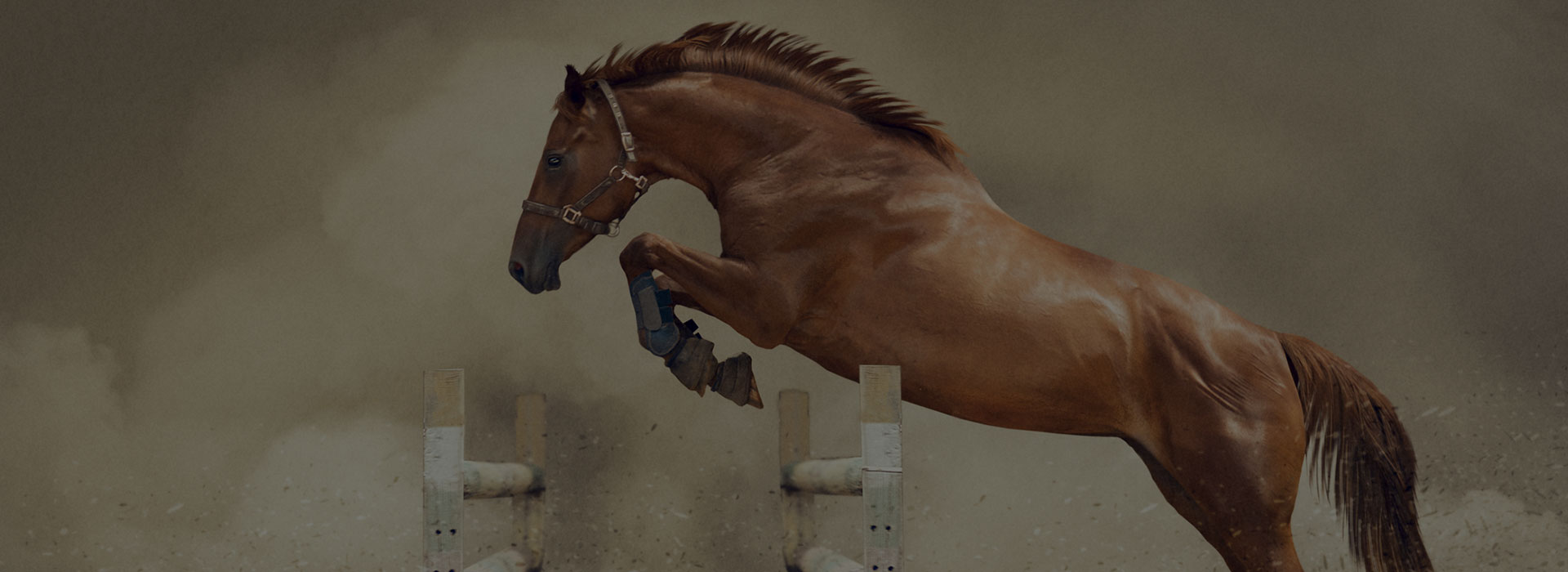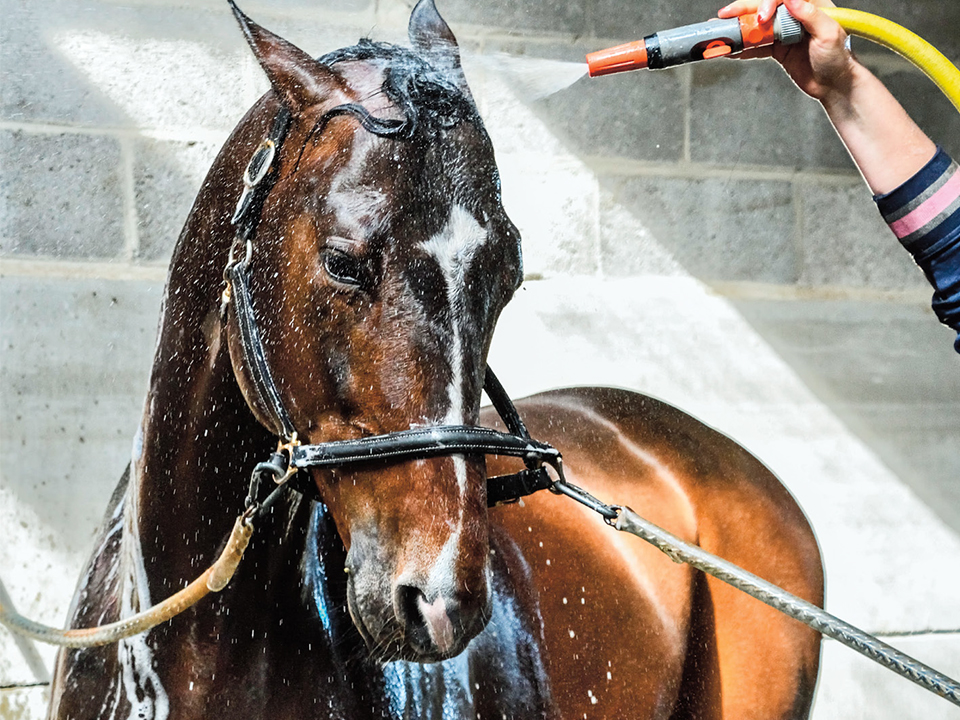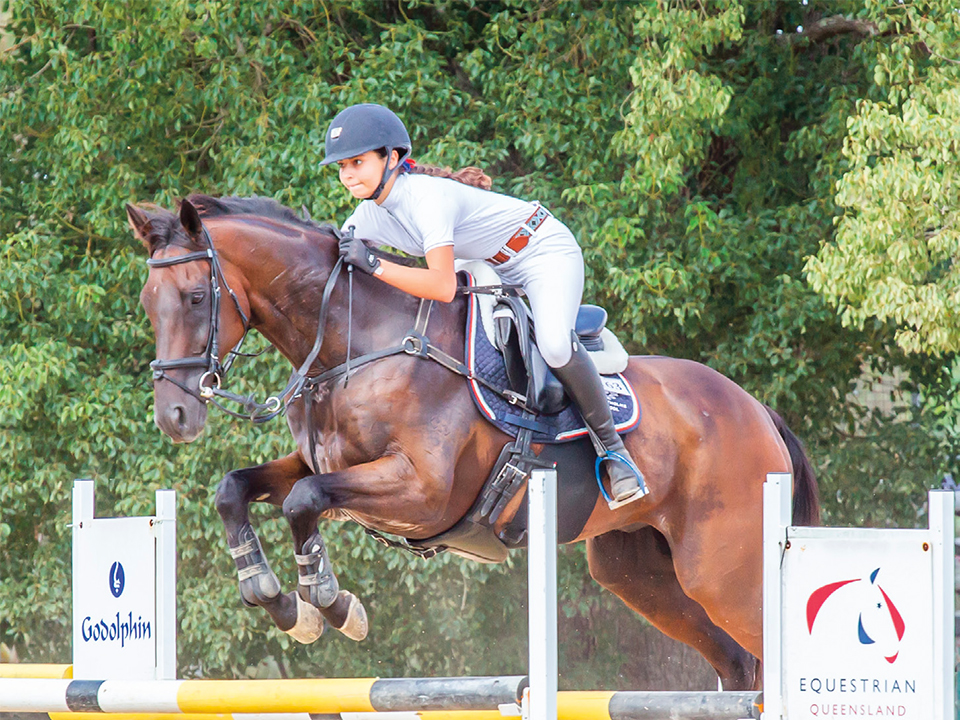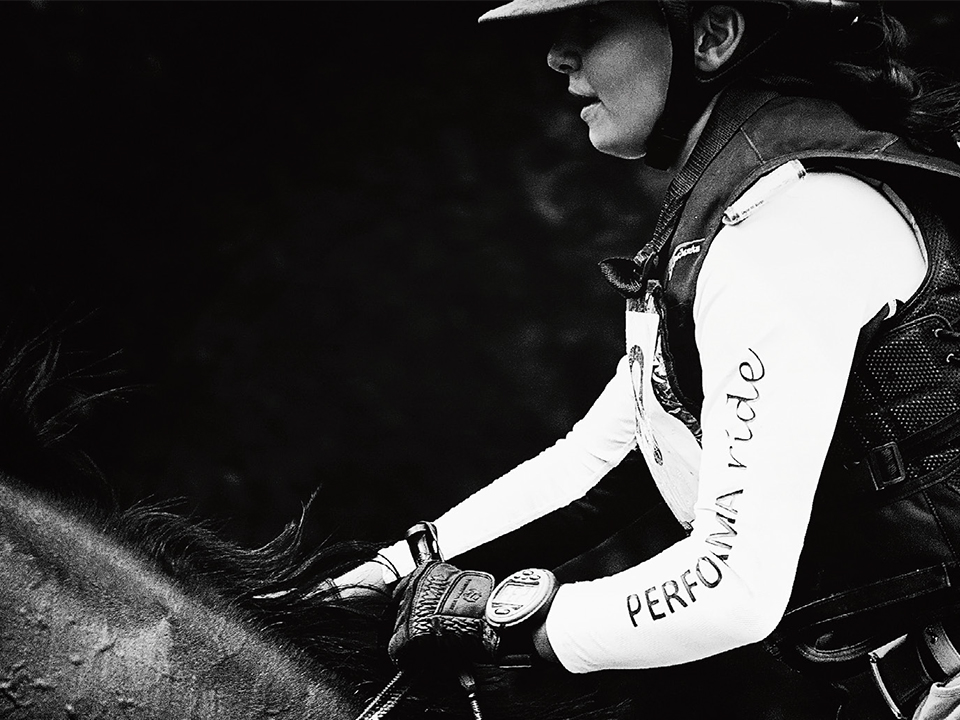06 Apr HORSES & HEAT STRESS
WHAT IS HEAT STRESS AND HOW DOES IT OCCUR?
In the hot and humid climatic conditions of Australia – heat stress is a serious risk to the horse and can occur in all performance athletes from the pony club horse to the elite athlete. It is, however, more common in racehorses, endurance and eventing horses.
Heat is produced by working muscles as a by-product (metabolic heat). This needs to be “lost” by the horse. The core temperature can increase by 1˚ Celsius a minute when being exercised.
If exercise continues in an environment where heat loss is not efficient, the body temperature can increase up to 42˚C. This is heat stress and results in serious consequences.
HOW DO HORSES DISSIPATE OR LOSE HEAT?
To dissipate this metabolic heat there are several cooling mechanisms:
- VASODILATION
This is widening of the blood vessels in the skin and allows heat to be lost from the blood into the air. - SWEATING
This removes approximately 65% of increased heat via evaporation of water from the body surface.
Horses working in hot humid climates can produce up to 30 litres of sweat an hour. - VIA RESPIRATORY TRACT
25% of metabolic heat lost via respiratory tract on exhalation.
When there is an imbalance in the amount of metabolic heat generated and a reduction in the amount lost to the environment the heat stress occurs.
WHAT ARE THE PREDISPOSING FACTORS?
- Climate
High ambient temperatures, low wind speed and high humidity result in the cooling mechanism being less effective due to a reduction in the temperature gradient between the horse and the surrounding air. - Lack of fitness/early in training programme
- Poor conditioning/acclimatisation to local weather conditions
- Travelling long distances
- Lack of access to water/not drinking adequately
- Excitable horses
- Older horses
- Overweight horses
- Thick coat e.g. horses with Cushing’s Disease
- Horses that sweat excessively or do not sweat at all (anhidrosis)
WHAT ARE THE SIGNS OF HEAT STRESS?
Mild signs may not be obvious so be aware of signs for early detection of a potential problem – these include:
- Dilated superficial skin blood vessels
- Loss of performance
- Increased heart rates
- Rapid shallow breathing (panting)
- Mouth breathing may be seen
- Flared nostrils
- The skin is hot to touch
- High rectal temperature
- Horse is agitated and distressed
- Impulsive kicking with hindlimbs or striking with front limbs
- Staggering/uncontrollable gait
- Agitated/distressed
- Collapse





